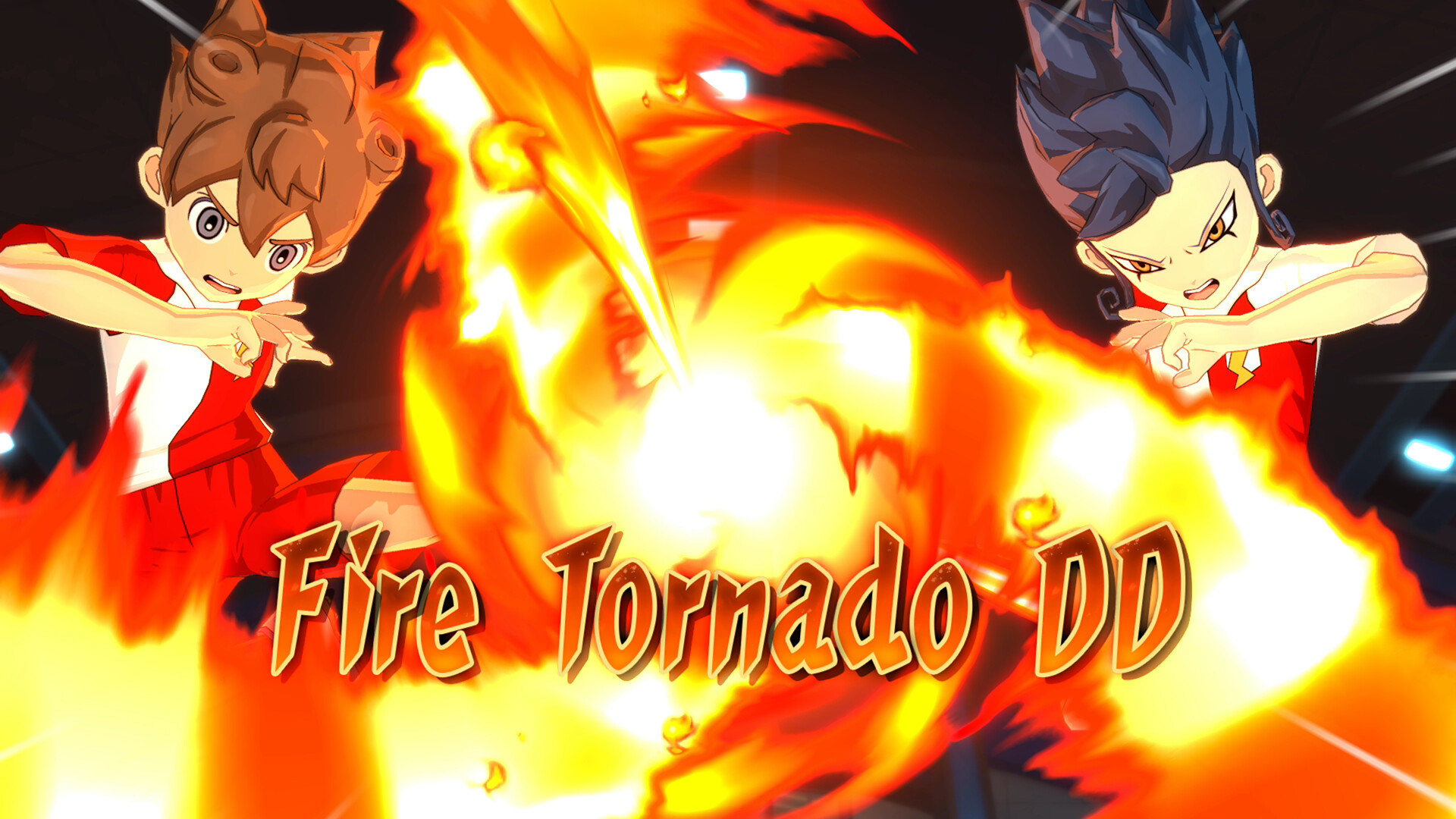Prey Xbox One beginner's guide: must-know tips and tricks
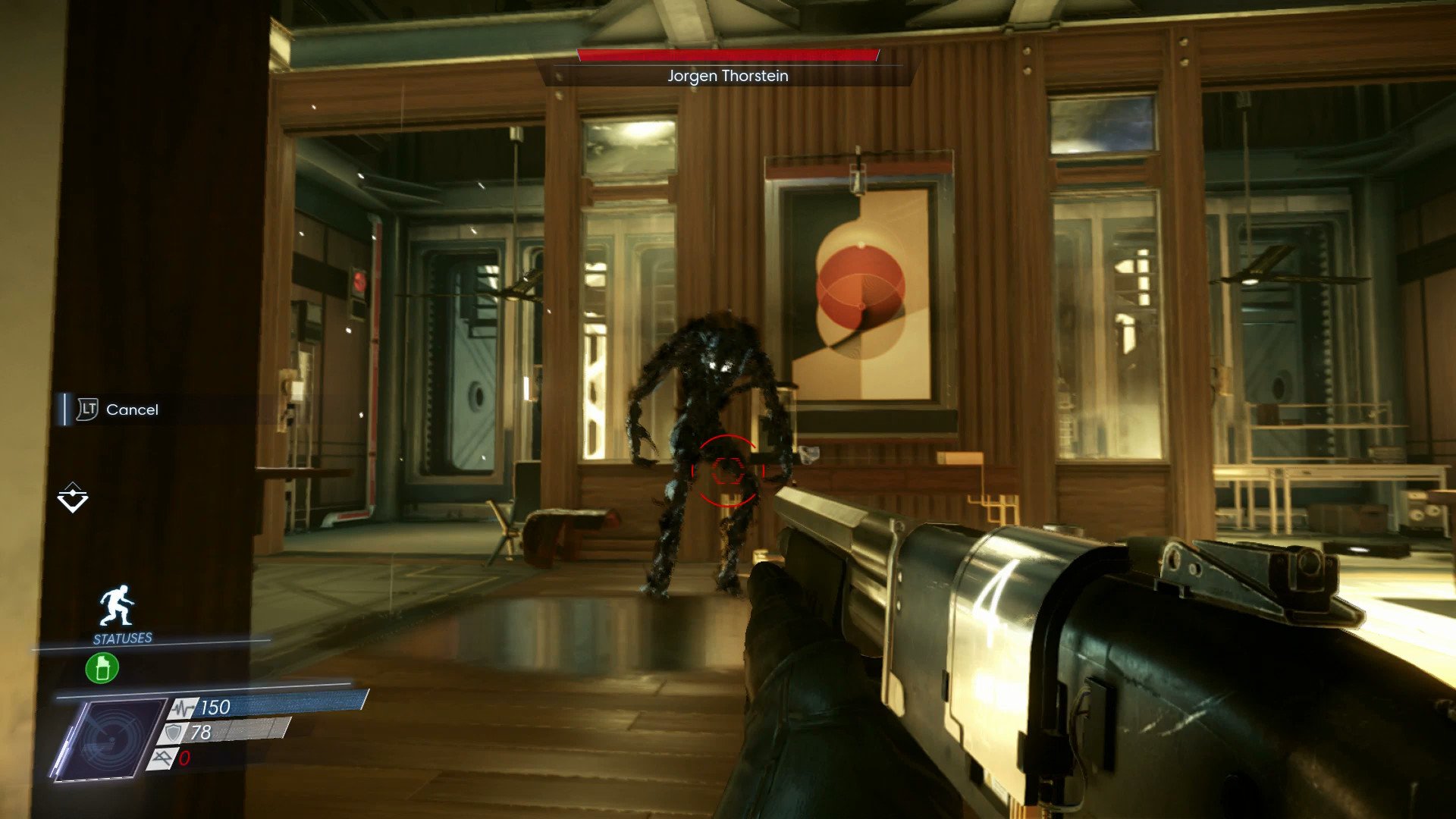
Judging by reviews and comments, Prey is a polarizing game. However, we'd argue that a lot of people are playing it wrong.
Prey's marketing does a good job of emphasizing its Bioshock-like qualities. That includes moody atmosphere, tense battles with a subversive threat, and a mind-bending plot that might require multiple playthroughs to fully appreciate. However, one thing I wish I knew going into Prey was that it was more like Deus Ex — a stealth game — than a run-n'-gun shooter.
Here are five tips for budding TranStar employees.
1. Prey is a stealth game ... at least to start
I went into Prey with the wrong mentality, perhaps due to the game's marketing, or perhaps due to my own lack of research, but either way, I feel like many other critics are going in with the wrong idea about what Prey is.
At least at the beginning of the game, Prey is about stealth, wits, and cunning, rather than head on confrontation. Prey hints at this reality when you select the difficulty while starting a new game. Hard mode says "only your wits will save you," and this couldn't be truer.
@MaTianCai Newbs doing combat wrong, you're not DOOM guy, you're meant to approach combat carefully. Reviewers rushing their write ups. pic.twitter.com/RgPRNZOs88— Jez (@JezCorden) 7 May 2017
Morgan Yu, the game's main protagonist, isn't a military superhero nor is he a space marine. He's a scientist, and it's with this mentality that you should approach combat, at least initially. With all of the Neuromod upgrades and weapons modifications, you pretty much can grow into whatever character you choose, but in the game's early stages, a combination of stealth and wanton wrench-wielding aggression works best.
The first weapon you receive is, indeed, a melee wrench. And throughout the game, it remains a potent weapon. The Typhon enemies you encounter near the beginning of the game, namely Phantoms and Mimics, are easily dispatched with the wrench, even on higher difficulties ... if you use it appropriately.
Get the Windows Central Newsletter
All the latest news, reviews, and guides for Windows and Xbox diehards.
Until you have developed your character and weapons, you should play Prey with the mindset of planning for each combat scenario. Unless you're running around from room to room, you can almost always get the drop on your enemy — and you should.
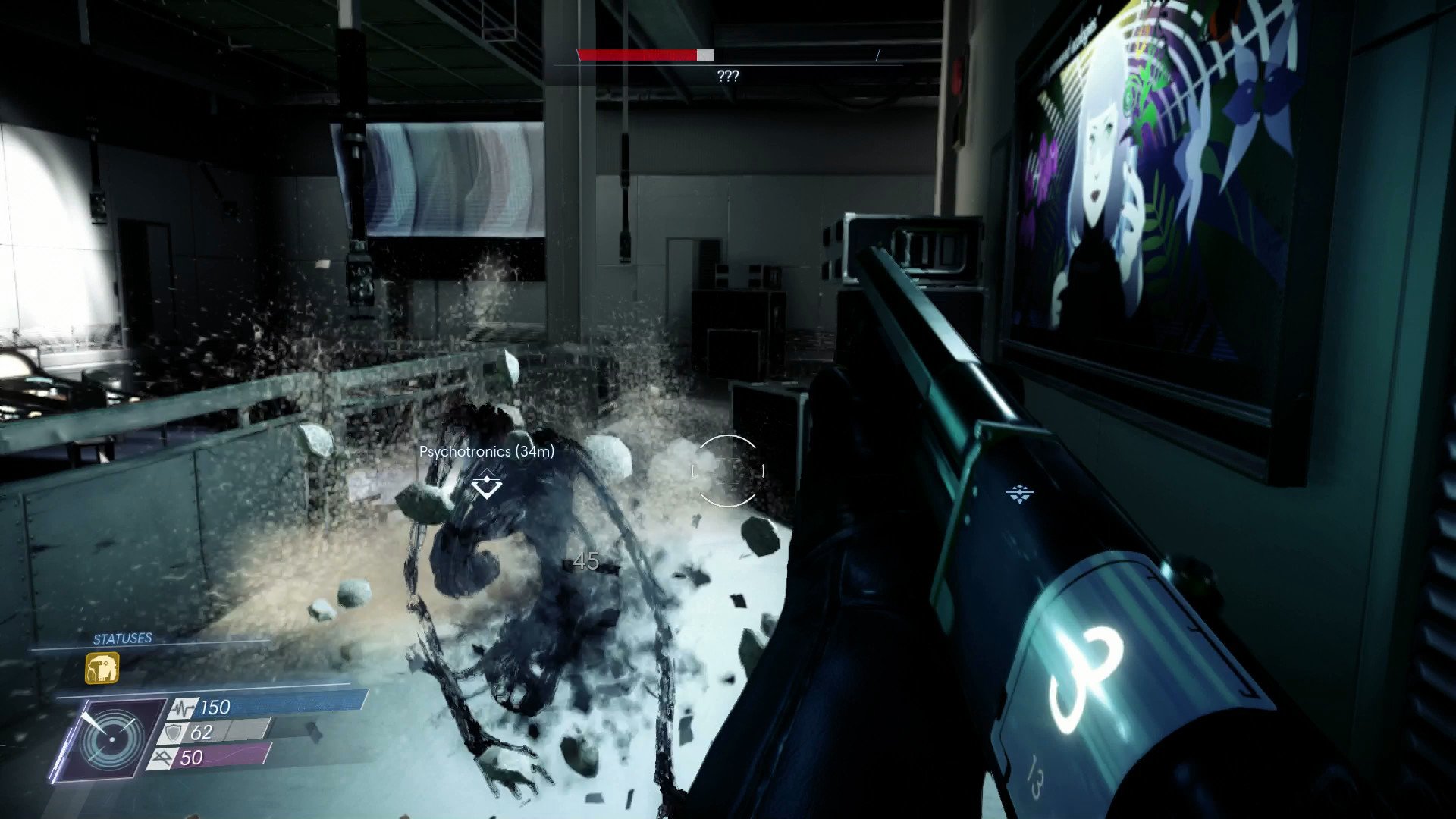
Stealth is about sound in Prey, crouching down will put you into a silent running mode, but walking slowly works just as effectively. Attacking an unaware enemy generates a sizeable damage bonus, and if you do a charge attack by holding down the melee button with the wrench, you'll often stun your enemy too, allowing you to follow up with a kill.
Naturally, not every situation can be solved in a one-on-one stealth kill. But sneaking around will give you an advantage almost always, because it allows you to plan your attack.
2. Mimics and Phantoms — Learn enemy attack patterns and counters
A couple of hours in, you will unlock the Psychoscope, which allows you to scan and research enemy weaknesses. This can be a huge help in learning which tools are right for the job. But it's not always the full picture.
Mimics and Phantoms are the game's most abundant enemies, with variations of each appearing throughout the game. The Psychoscope and subsequent research notes will tell you how to deal with the game's later enemies, but learning the different attacks each deploys will help you make the best of any given situation.
how to play Prey like a total wuss, thankgod there's no mic to hear my squeal pic.twitter.com/10kV1hqPNi— Jez (@JezCorden) 28 April 2017
For example, Mimics like to take the form of random objects in the game's world. The objects have to share roughly the same mass as the Mimic itself, so don't expect them to copy sofas or large cabinets. Think coffee cups, boxes, and chairs. Mimics aren't too smart with their mimicry choices, so look for objects that don't make sense. If it's a desk cubical with two chairs, chances are the one that's toppled over is a Mimic. One toilet roll on the floor, and one on the toilet? One might be a Mimic.
If you suspect a Mimic (or saw one transform), charge up your wrench, sprint towards it and melee aggressively. It can be hard to tell which way a Mimic is facing, especially when they're disguised as a coffee cup, so your best bet is to kill them before they can react. A charged melee attack will stun them, if not kill them outright, too.
The same is true for Phantoms, but since you can tell which way they are facing, it's much easier to get the drop on them. Phantoms can move incredibly fast, and they like to shoot yellow balls of charged energy, in addition to striking in melee. They can be interrupted from shooting through either using the wrench or the shotgun, and charged melee swings will also stun them, knocking them down.
@Xbox_Addictt @MrKrisSteel Tis designed around combos and environmental hazards. GLOO + combo! Upgrades help, obv. pic.twitter.com/ai8iw2Tdll— Jez (@JezCorden) 6 May 2017
As you get further into the game, you'll get new tools, such as the Gloo Gun, which can encase enemies in piles of adhesive paste, and the Disruptor Gun, which is like a taser on steroids. Both of these weapons, used in combination with the shotgun or the wrench, can be devastating. However, arguably, your most powerful combat tool is the environment itself.
3. Use the environment in combat
As you plan your attacks, take a look at the environment for opportunities to gain a bigger advantage against your enemies. Explosive canisters, gas pipes, and electrical junctions are just a few objects that can generate area-of-effect damage to enemies (and yourself), and using them properly can prove quite potent.
For example, in the clip below, I show you how easy it is to dispatch a fire-type Phantom on hard difficulty using just three shotgun shells. Usually, you would need way more in a straight-up fight, but during the Phantom's walks around the room, I discovered a pile of flammable objects in the middle of its patrol path. One well-timed shot on a gas cannister removed around 75 percent of its health.
Playing Prey on hard. pic.twitter.com/ZzhBQF7Qt7— Jez (@JezCorden) 11 May 2017
Additionally, with the Leverage Neuromod upgrade, you can throw objects, which can be useful for distracting enemies with noise. At higher levels, Leverage will allow you to throw incredibly large objects, which does a tremendous amount of damage to enemies.
Indeed, if there are no environmental traps in a room, make your own! You can place bombs on walls and the floor by getting up close and pressing the fire button (RT on Xbox). Placing turrets or moving gas canisters can also help a great deal. Prey's engine is incredibly dynamic, so there are probably dozens and dozens of ways to approach combat that I haven't even come across yet.
4. Scan every corner, every ceiling, and every wall
Speaking of using the environment, sneaking away from enemies is just as valid a combat tactic as direct engagement.
Look at every corner, ceiling, and wall for opportunities for traversal. Maintenance hatches can be used to access blocked areas or hide from roaming enemies, and there are often pipes or AC units that can be used as stepping stones to gain higher ground, and thus, avoid detection.
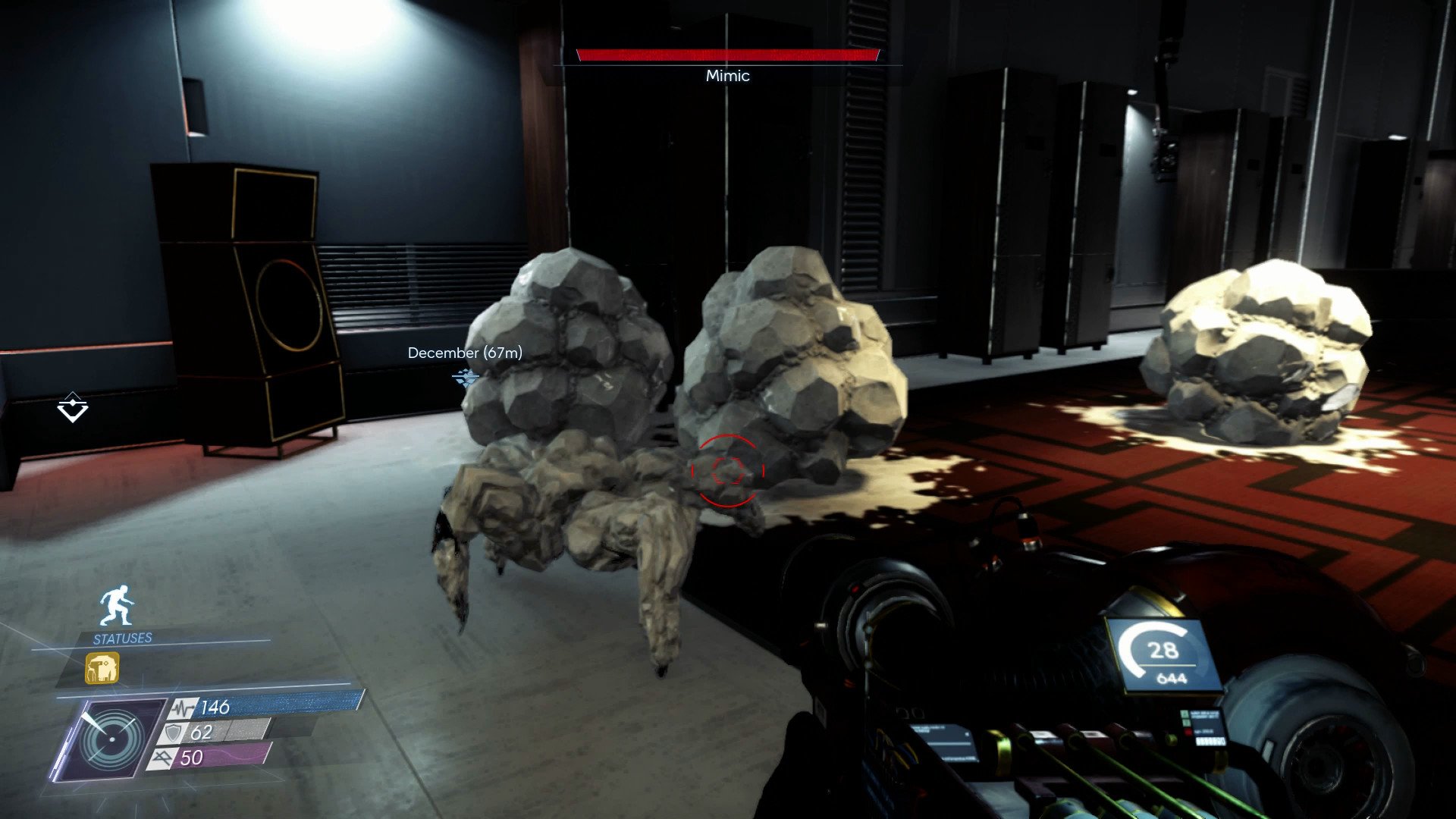
When in doubt, you can always use the Gloo Gun to create staircases or platforms. Morgan Yu will automatically grab ledges if you're holding the jump button, and combined with the suit's propulsion system you get later in the game, you can climb all over the map.
Finally, most doors have locking mechanisms attached to them. It's a valid tactic to lock enemies inside rooms or lock yourself in a room to avoid detection, or simply to get a breather and patch your injuries. Also, always keep an eye out for notes, browse computers for email, and look for items like keycards, because you'll never know where they might lead you.
5. General tips: How to abuse Prey's dynamic engine
Speaking of Prey's engine, you can combine its elements in incredibly creative ways to overcome combat scenarios and exploration challenges. Here are just a few tips I gathered from my first playthrough:
- Use the Huntress Boltcaster nerf gun to push buttons at range, and it even works on computer screens!
- You can also use the Boltcaster and thrown objects to generate sound to distract and lure enemies.
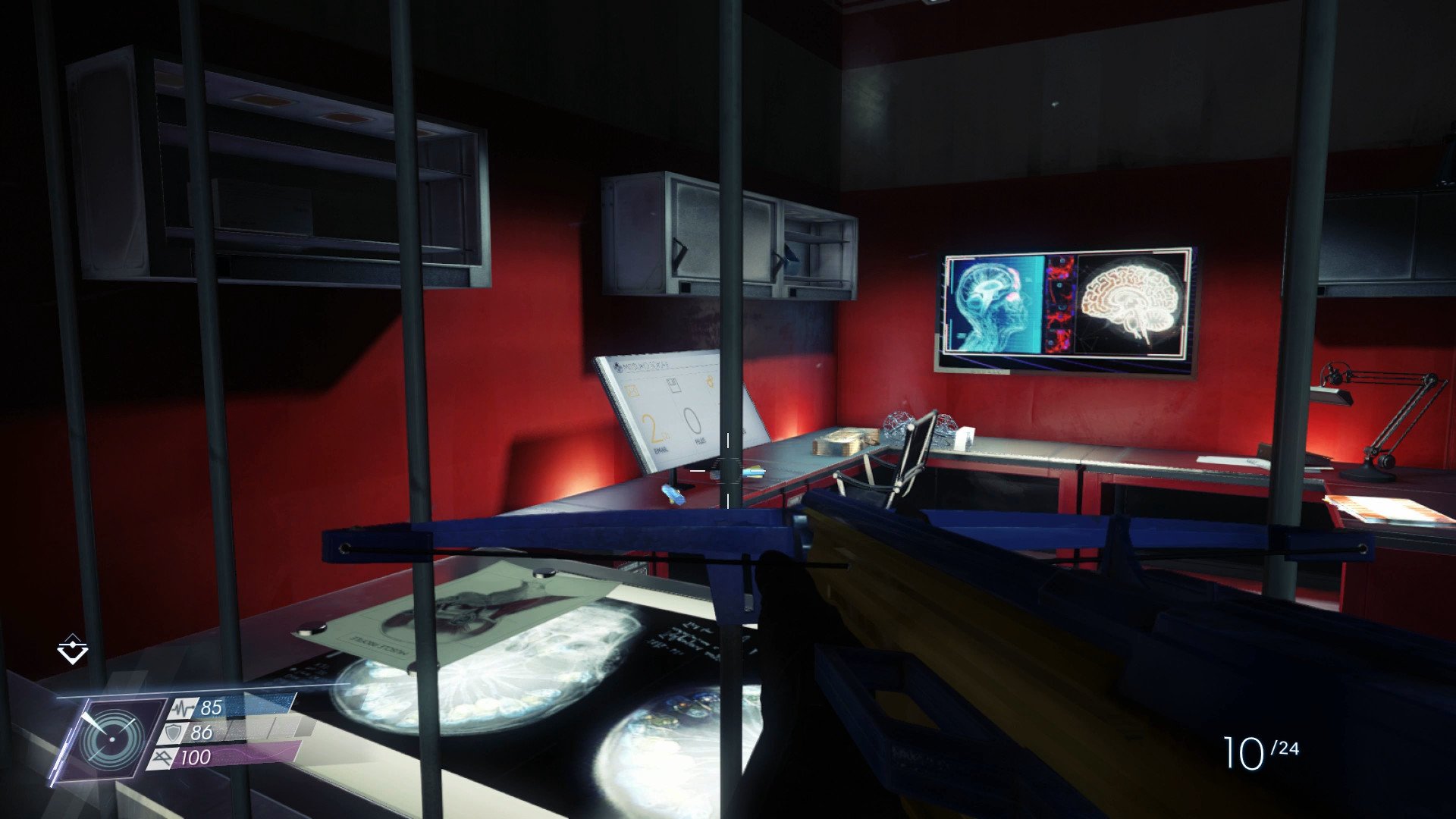
- You can use thrown objects to trigger remote mines, which can be useful when combined with the Typhon Lure grenade.
- Use lures and sound to move enemies towards explosive traps.
- If you're planning to use a resource-generating Recycler Grenade as a trap, throw some other random objects into the pile, too, so they can be recycled along with your enemies!
- The Gloo Gun is great for trapping enemies, but it's also great for creating platforms and bridges. Use it to access higher areas, or to even create cover for stealth or combat. It can also be used as a pillar for mines, which helps maximize its area of effect and, in turn, can be useful for hitting airborne enemies.
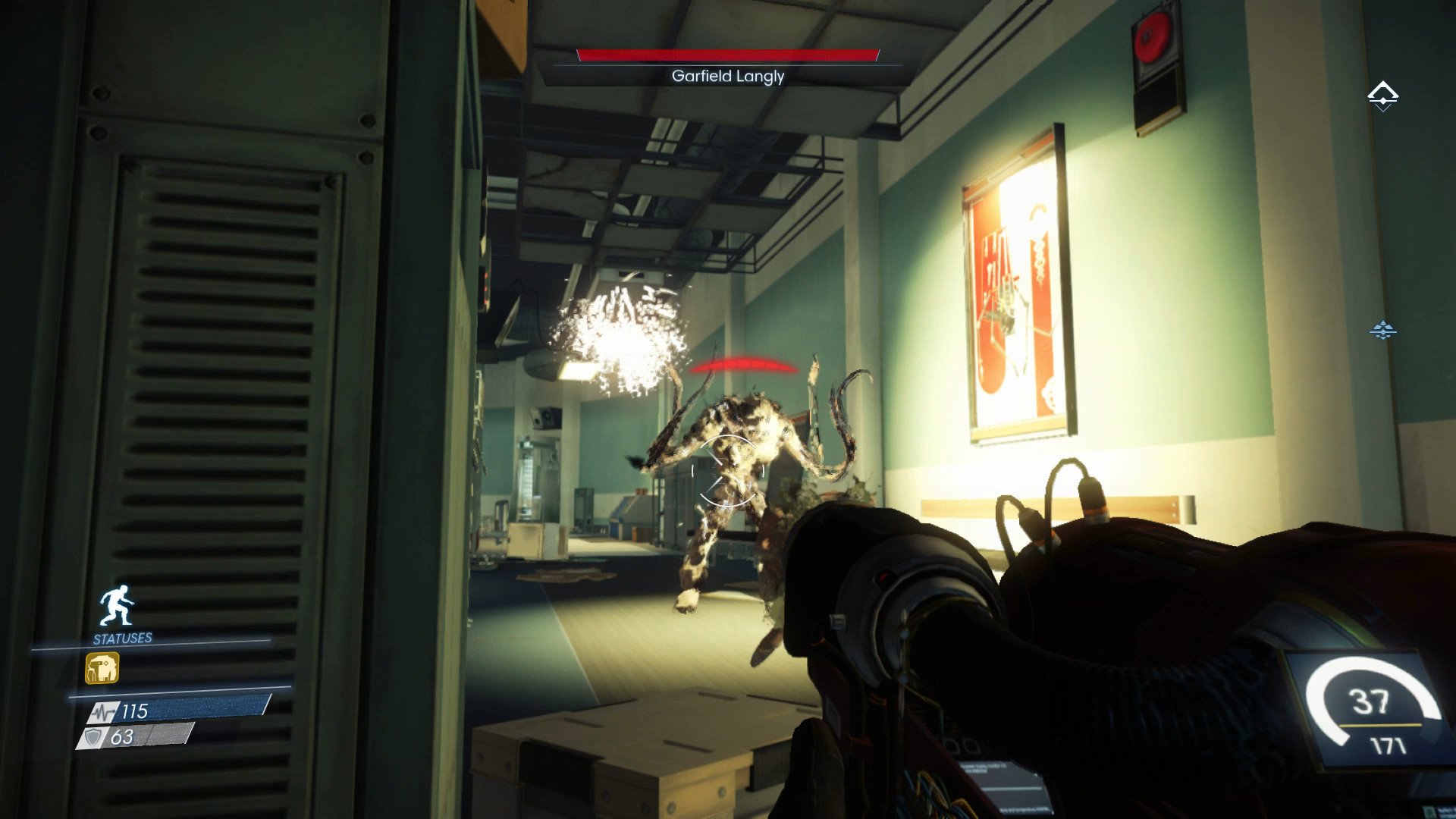
- Most enemies have critical weaknesses. Technopaths, for example, can be stunlocked using the Disruptor Gun, and heavy melee attacks to Phantoms below half health seem to have an increased stun chance. Experiment and take note of what tools and weapons are most efficient for any given situation.
- Remember your hotkeys for eating food and using med packs in the field, to give combat a better flow. On Xbox, holding "Y" to open the radial menu then hitting the right bumper will eat some food, which is far faster than hitting up the main inventory.
- Enemy research can be found in the data section of your TranScribe tablet by pressing the view key, and using the bumpers to navigate across. Combat tips can be found here, and they're usually quite helpful.
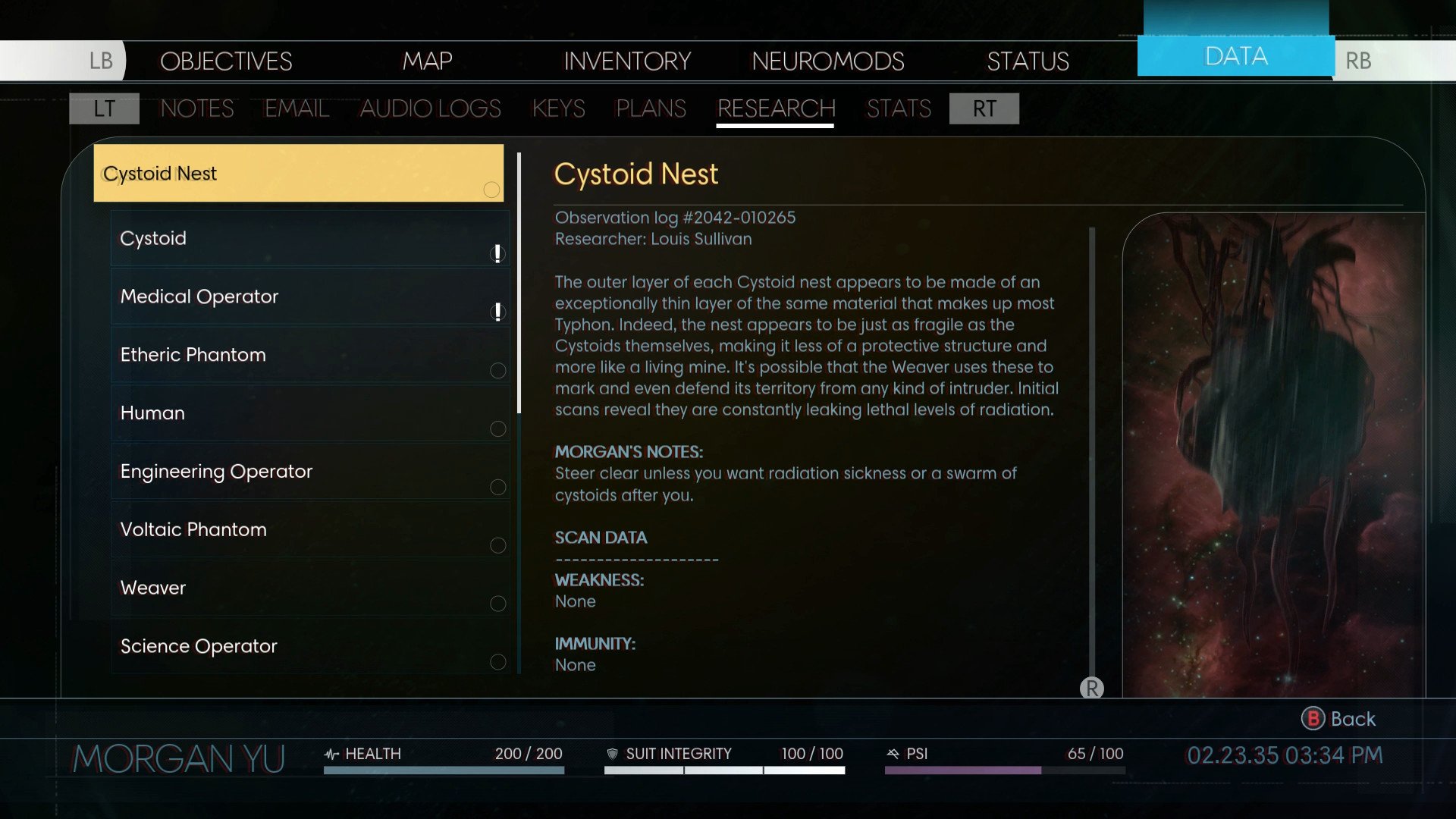
- Smash all the glass! Broken windows or even TV screens can lead you into hidden areas, often containing juicy loot.
- There's no upper limit on the amount of Neuromods you can find to upgrade your character, but you will run out eventually. Try to plan out a character build for yourself ahead of time, because it's quite difficult to obtain everything.
That's a wrap! Prey is an incredibly deep and dynamic psychological thriller with one of the most detailed and believable game worlds I've seen in a long, long time. Prey is a thoughtful game best played methodically, as opposed to something overly fast paced like DOOM. Take the time to get immersed into the game's world, and you won't want to leave.
See our full review of Prey below. And if you have any of your own tips, drop them in the comment section.
Prey is available for $59.99 right now for Xbox One, PlayStation 4 and PC.

Jez Corden is the Executive Editor at Windows Central, focusing primarily on all things Xbox and gaming. Jez is known for breaking exclusive news and analysis as relates to the Microsoft ecosystem while being powered by tea. Follow on Twitter (X) and Threads, and listen to his XB2 Podcast, all about, you guessed it, Xbox!
